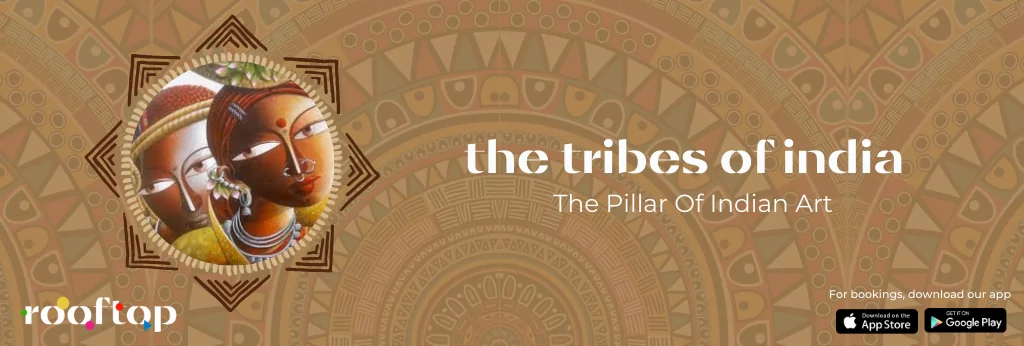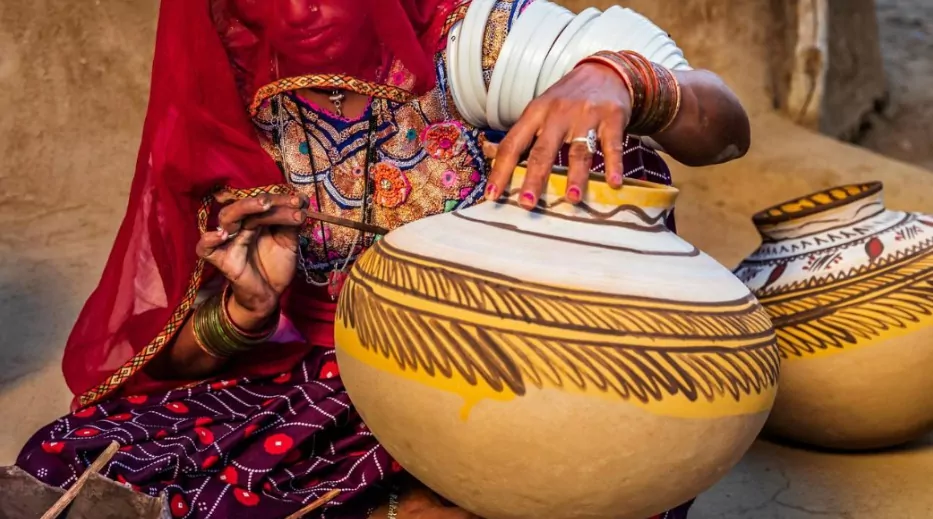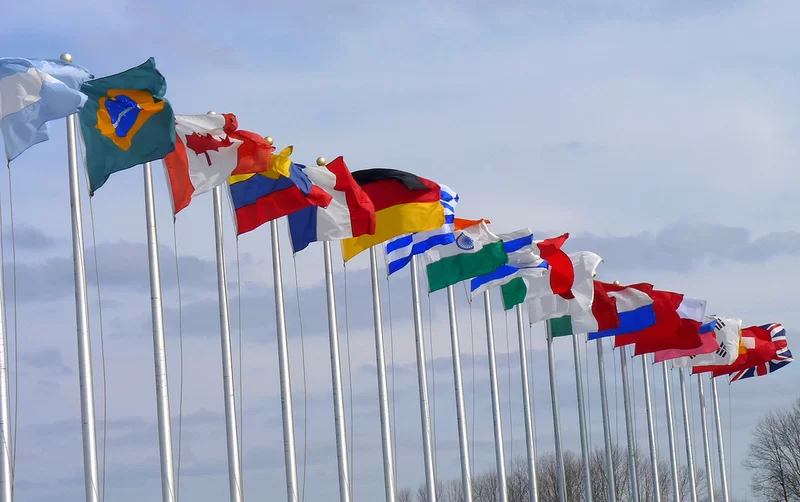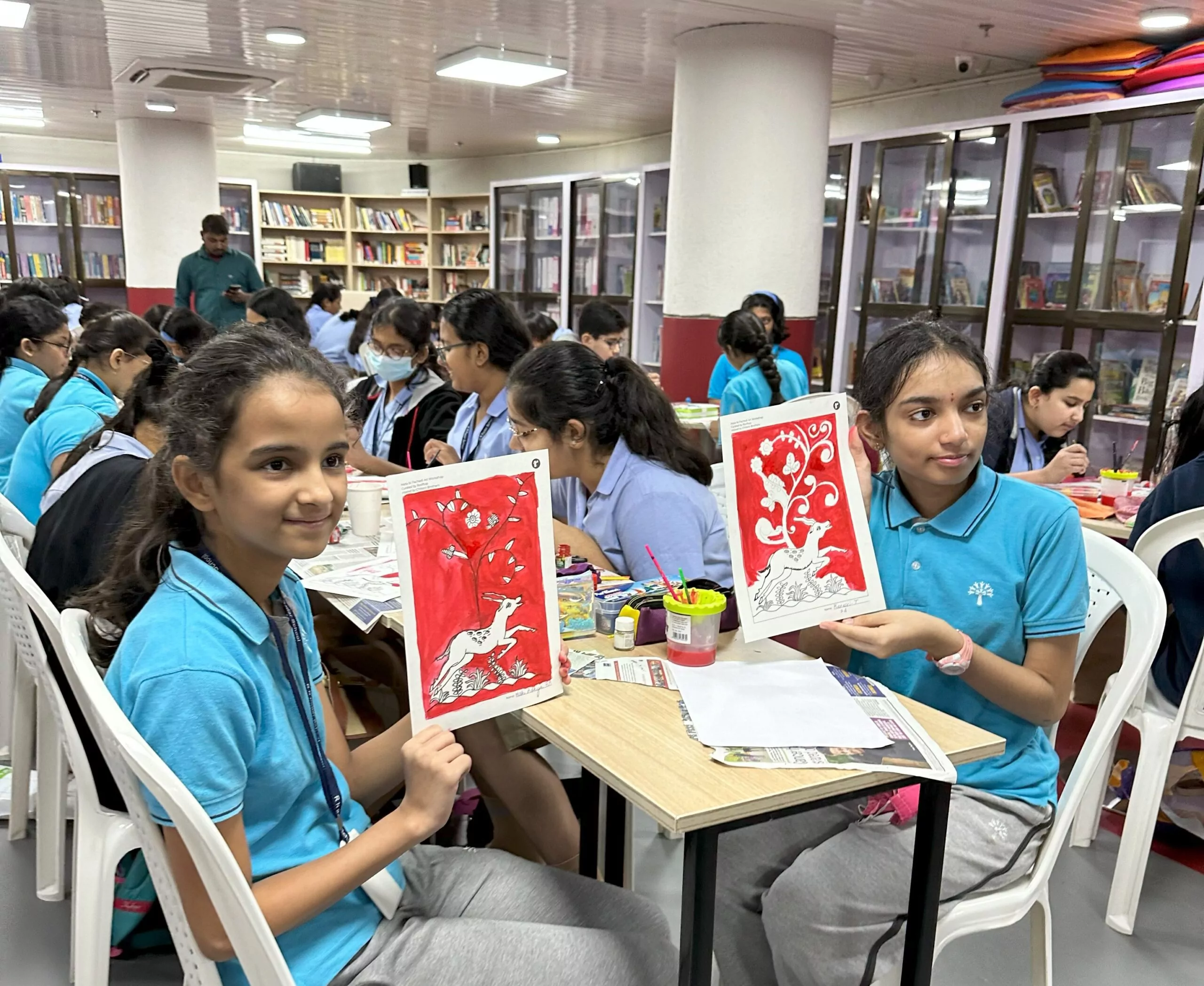Browsing through the infinite sea of Indian art may trigger a question about its fascinating origins in the Indian tribal communities. Astonishing, right? We are not bluffing! Indian tribes are truly the backbone of Indian tribal and folk art. Hence Rooftop has adequate reasons to prove it and we are going to list some known art forms that you weren’t aware of as tribal art!
Relationship Between The Art And Tribes In India!
Thinking of tribal art, the first art form that crosses anybody’s mind is the globally acclaimed Warli art practised by the Warli tribe of Maharashtra. But the traditions of Indian tribes go far beyond Warli.
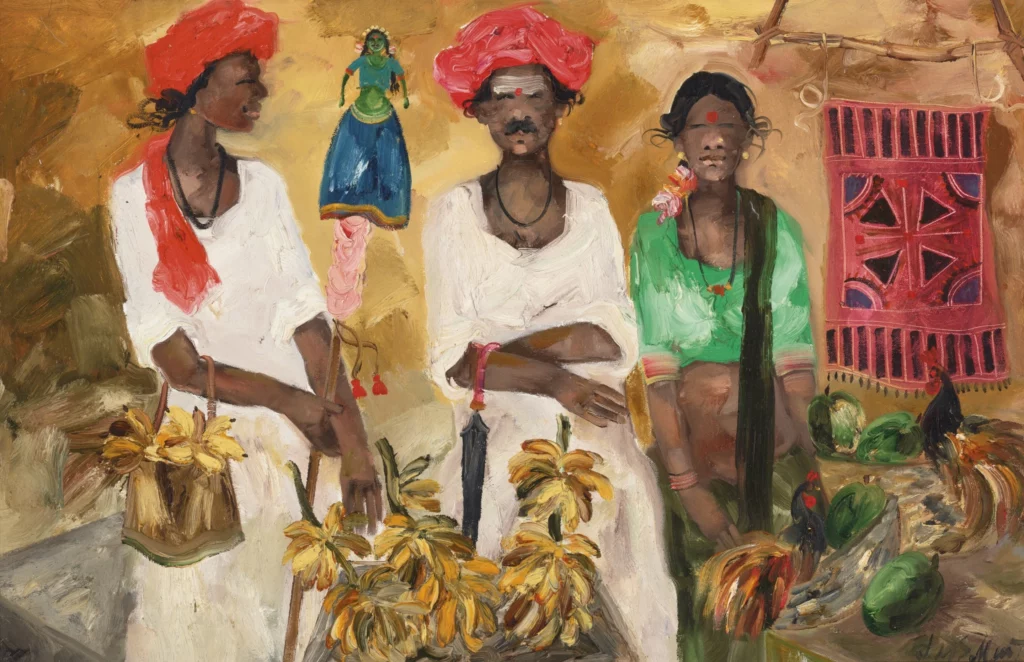
Tribal art is usually recognised by its depiction of themes revolving around nature, folklore, and everyday life while also illustrating mythical elements. The tribal communities have a deep-rooted connection with their place of origin. They cherish their lineage in the form of art they create. Hence, most of the paintings are nature-oriented. For Indian tribes, their culture holds significant value to them. Thus, they have a resonant relationship with their artworks. These paintings are deeply rooted within the people of the tribal communities, they are much more than a tool for self-exploration.
You can also try tribal art forms yourself. Check this out for more insight!
The word ‘Tribal’ represents a social group, comprising a series of groups, families, and clans. Wherein their way of life still shows a deep-rooted heritage and connection to their ancient past. Tribal art refers specifically to the artefacts and objects created by the tribal community. In some states, some native tribes are referred to as the Adivasis, signifying that they have resided in these areas since the beginning or from the earliest of times.
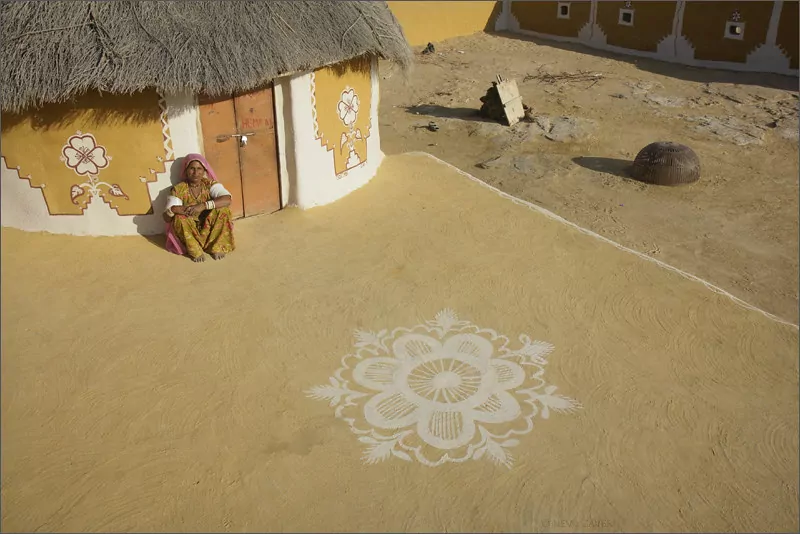
In India, there are millions of tribal people living and existing in the states of Madhya Pradesh, eastern Bihar, Chhattisgarh, Jharkhand, Orissa, Assam, and in North-eastern states such as Nagaland, Meghalaya, Manipur, Tripura, and Arunachal Pradesh. Some diminutive groups of tribal people reside in Rajasthan, Gujarat, Maharashtra, Tamil Nadu, Kerala, Mysore, Andhra Pradesh, West Bengal, and Himachal Pradesh.
What Makes Tribal Art Unique?
The forest inhabitants create tribal art. They express the emotions of humankind. Like, a face painted on rock using natural dyes, mud, and dung, shapes cut into firestone, decorated in wood and clay, painting the walls and thresholds. All of these depict the stories of deities, myths, demons, and the rituals practised there.
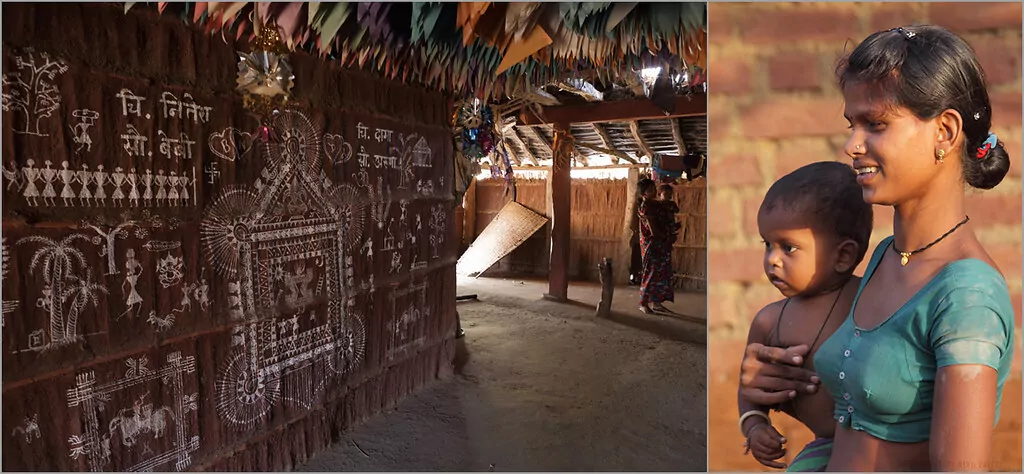
The Indian tribes respect their life, harvest, journey, celebration, marriage, nature, and beliefs. They hold Mother Nature with great respect. Their simple life and creativity are interrelated. Each painting has a different story to tell. The painting illustrates the vivid imagination and emotions of the artist. Expressions in tribal art are diverse. It is a living example of the tribal community, making it an important part of Indian culture. The art has an incredible range of diversity and glamour.
Check these art forms that outlived time.
Indian Tribes And The World
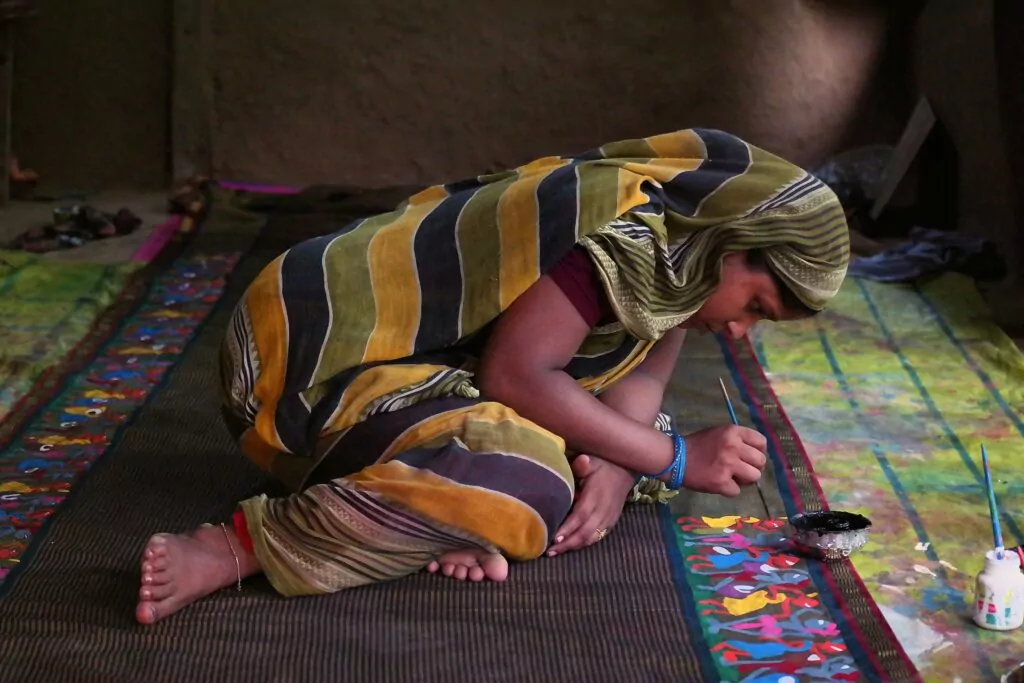
With the growing closeness between the world and India, it is essential to portray our rich tribal culture on a global platform. Through the solemn efforts of the Indian tribes, their art has received some acknowledgement but not the actual praise it deserves.
Indian tribes are preserving their culture and traditions, and coexisting with the natural environment. It’s a responsibility for each of us to represent our tribal art on a much bigger scale. Recently, the Prime Minister of India, Shri Narendra Modi Ji, initiated the step by presenting prestigious tribal art pieces to foreign personalities. In the year 2019, Lalit Kala Akademi in association with Dakshina Chitra Museum in Chennai organized a week-long Tribal Art Conclave.
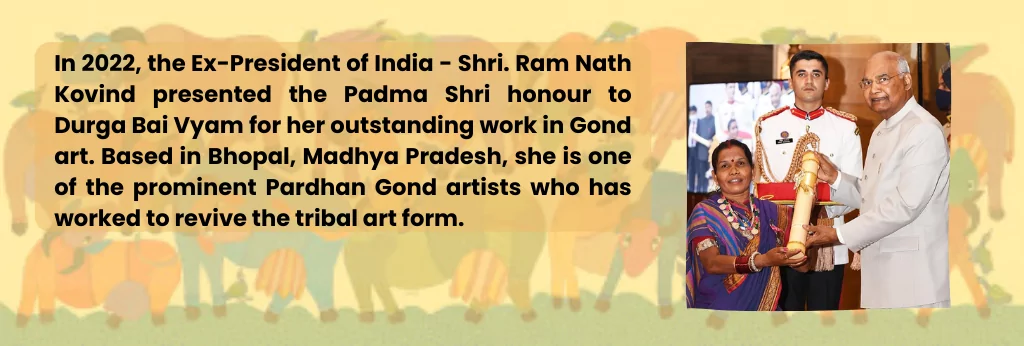
Rooftop is bridging the gap between the world and Indian art to make it more consumable. We offer maestro courses and virtual art workshops.
Still inquisitive about art? Join us on Instagram @rooftop_app for all the latest updates and download the Rooftop app available for both iOS and Android devices.

